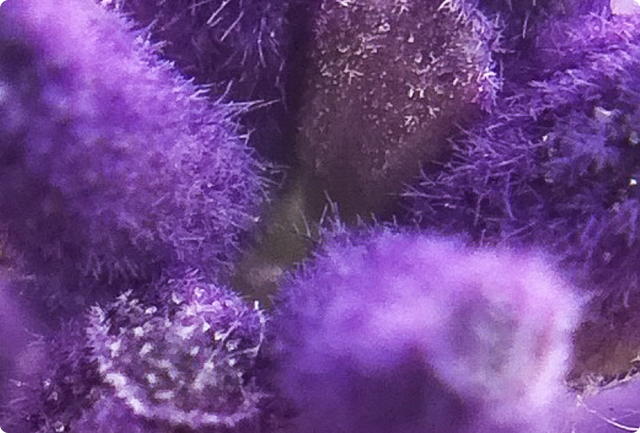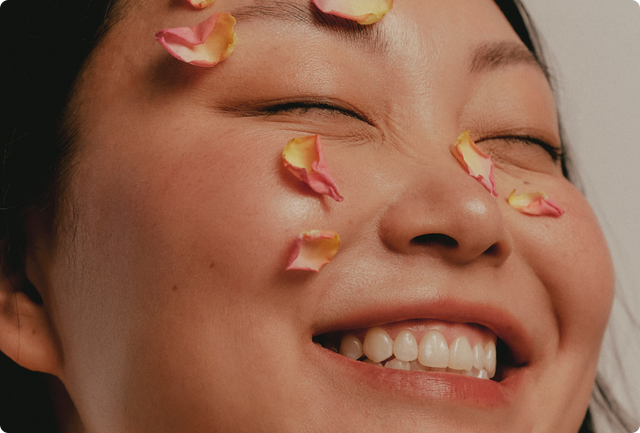About the Oil
Cold-pressed from the vibrant peels of the sweet orange fruit, orange essential oil is as sunny and cheerful as it smells. With a sweet, citrus-forward aroma, it’s one of the most beloved oils in aromatherapy. While its aroma alone uplifts and energizes, its benefits extend far deeper — offering antioxidant, antimicrobial, and emotionally balancing properties that make it a versatile staple in wellness and selfcare rituals.
Why You Would Use Orange Essential Oil
This oil is a go-to when you’re looking to:
- Lift your mood and reduce feelings of stress or anxiety
- Support skin clarity and promote antioxidant protection
- Refresh your space with a clean, vibrant aroma
- Ease digestive tension or discomfort when massaged onto the belly
- Support the body’s natural immune and inflammatory response
Clinical Findings
| Study | Participants & Duration | Key Results | Reference |
|
Emotional support via aromatherapy |
40 healthy adults |
Inhalation of orange EO significantly reduced anxiety and improved mood based on psychological and physiological metrics |
Damião et al., 2017. ECAM |
|
Antioxidant and antimicrobial effects |
In vitro |
Orange EO, rich in limonene, demonstrated free radical scavenging and antibacterial activity against E. coli and S. aureus |
Moghaddam et al., 2022. Molecules |
|
Therapeutic mechanisms in aromatherapy |
Literature review |
Orange EO exerts calming and anti-inflammatory effects through the olfactory-limbic pathway, especially in inhalation formats |
Agarwal et al., 2022. Antioxidants |
|
Phenolic profile and antioxidant activity |
Phytochemical analysis |
Orange EO’s phenolics and terpenes synergistically promote antioxidant defense and redox balance |
Rehman et al., 2022. Phenolic Compounds |
Behind The Science (Made Simple)
Orange oil owes most of its therapeutic magic to limonene, a monoterpene that makes up over 90% of the oil. Here’s what’s going on behind the scenes:
- Limonene interacts with olfactory receptors in the nose, sending signals to the brain’s limbic system, which helps regulate emotion and memory. This is why orange oil is so often used to reduce tension, anxiety, and low mood.
- On a cellular level, it’s a powerful antioxidant, helping neutralize free radicals that contribute to inflammation and aging.
- Orange essential oil also disrupts microbial membranes, giving it broad antimicrobial effects — especially valuable in cleaning and skincare.
- The synergistic action of constituents like linalool and myrcene adds calming and soothing effects, especially in stress-related or digestive applications.
How and Where It Grows
Sweet orange trees (Citrus sinensis) are cultivated around the world — particularly in Brazil, the United States (Florida and California), Spain, and parts of the Mediterranean. The essential oil is typically a byproduct of the juice industry, extracted through cold expression of the peel to preserve its fragrant, volatile compounds.
Use in Ancient Medicine
Citrus fruits and their peels have been used in traditional medicine systems like Ayurveda and Traditional Chinese Medicine to:
- Promote digestion and inspire appetite
- Clear stagnant “qi” or blocked energy
- Cleanse and uplift emotional states
- Ease cough, congestion, or fatigue
The peel’s aromatic oils were used in both teas and topical applications for centuries.
Symbolism
Orange essential oil embodies joy, clarity, and abundance. It’s linked to the energy of the sun, helping us connect to warmth, confidence, and creativity. In energetic terms, it’s believed to stimulate the sacral and solar plexus chakras, where our emotional expression and vitality live.
INFORMATION provided is intended for informational purposes only and is not meant to diagnose, treat, cure, or prevent any disease. Statements have not been evaluated by Health Canada or the FDA. Please consult a qualified healthcare provider before using essential oils for therapeutic purposes.
References
- Damião, R. et al. (2017). Effect of Sweet Orange Aroma on Experimental Anxiety in Humans. Evidence-Based Complementary and Alternative Medicine, Article ID 5869315. https://doi.org/10.1155/2017/5869315
- Moghaddam, M. et al. (2022). Citrus Essential Oils: Chemical Composition, Functional Properties and Applications. Molecules, 27(7044). https://doi.org/10.3390/molecules27097044
- Agarwal, P. et al. (2022). Citrus Essential Oils in Aromatherapy: Therapeutic Effects and Mechanisms. Antioxidants,11(2374). https://doi.org/10.3390/antiox11122374
- Rehman, R. et al. (2022). Phenolic Compounds from Citrus sinensis and Their Antioxidant Properties. Internal monograph.
- Li, Y., Liu, S., Zhao, C., Zhang, Z., Nie, D., Tang, W., & Li, Y. (2022). The Chemical Composition and Antibacterial and Antioxidant Activities of Five Citrus Essential Oils. Molecules (Basel, Switzerland), 27(20),7044. https://doi.org/10.3390/molecules272070446.
- Sánchez-Vidaña, D. I., Ngai, S. P., He, W., Chow, J. K., Lau, B. W., & Tsang, H. W. (2017). The Effectiveness of Aromatherapy for Depressive Symptoms: A Systematic Review. Evidence-based complementary and alternative medicine : eCAM, 2017, 5869315. https://doi.org/10.1155/2017/5869315
- Tisserand, R., & Young, R. (2014). Essential Oil Safety (2nd ed.). Churchill Livingstone Elsevier.
- Tripoli, Elisa & Guardia, Maurizio & Giammanco, Santo & Di Majo, Danila & Giammanco, Marco. (2007). Citrus flavonoids: Molecular structure, biological activity and nutritional properties: A review. Food Chemistry. 104. 466-479. 10.1016/j.foodchem.2006.11.054.








